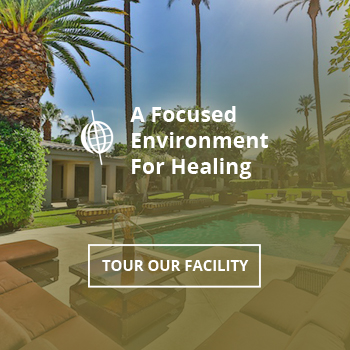When Abuse Turns into Addiction

Chemical dependencies tend to develop in stages, from casual usage to full-blown addictions. Some people engage in recreational drugs with no intention of becoming regular users, only to find themselves consumed by substances at rapidly increasing levels. Despite the lucky few who have managed to walk away from drugs after brief periods of flirtation, it is generally unsafe to experiment with highly addictive substances. When abuse turns from a light, occasional indulgence to a daily, costly habit, an addiction has taken hold.
Addictions are physical dependencies that are treatable yet incurable. Therefore, the best way to stop addictions in the first place is by preventing young people from experimenting with drugs. As explained in a 2012 report by the National Survey on Drug Use and Health (NSDUH), the rates on first-time usage amongst teenagers serve as a measure of the nation’s overall drug problem. Depending on how many teens engage in drugs, the overall number of addicts could rise or fall in the years to come.
Trends in Alcohol Abuse Amongst Teenagers
Vacations are times of recreation and play, which explains why teens are more likely to engage in drugs and alcohol during lengthy breaks from school. According to the aforementioned NSDUH report, the following behaviors transpire on a daily basis in the months of June, July and December:
- More than 11,000 youths engage in first-time drinking.
- More than 5,000 youths engage in first-time tobacco smoking.
- More than 4,800 youths engage in first-time marijuana usage.
- During other months, the maximum daily averages are 8,000 for alcohol and 4,000 for tobacco and marijuana.
While most teens are aware of the dangers involved with hardcore drug and alcohol consumption, many teens are unaware of the spiral effects of recreational usage. Alcohol and marijuana are even more detrimental for teenagers than for adults, because the effects of those substances can be corrosive on young, developing minds. In addition to the dependency risk factors, early drinking and drug usage can stunt the mental capacities and squander the academic potential of underage boys and girls.
First-Time Illicit Drug Use Amongst Teens
Larger dangers loom when teens engage in hardcore drugs for the first time. Some of the most addictive drugs in circulation amongst high school students include cocaine, methamphetamine, heroin and Ecstasy, all of which are costly, addictive and damaging in the mental and physical sense. In a pattern similar to the figures given above, the NSDUH further reports that cocaine initiation jumps by a third in the months of June, July and December. Even more staggering is the number of hallucinogen initiates during summertime, with July figures accounting for more than 1,800 youths daily.
Some communities are now taking a stand. A recent article by the National Institute on Drug Abuse points to the success of Communities That Care (CTC), a program that combats teen drug use through a system of community outreach known as “preventative science.” Through trials in communities across Europe, Canada and the United States, CTC has shown to be effective at halving rates of drug and alcohol initiation.
Taking Action Against an Addiction
If an addiction has taken hold in the life of someone you love, it is now time to seek help for that person through professional forms of treatment. By speaking to our expert staff here at Axis, you will find programs that are perfect for helping the person you love break free from his or her chemical dependency.

